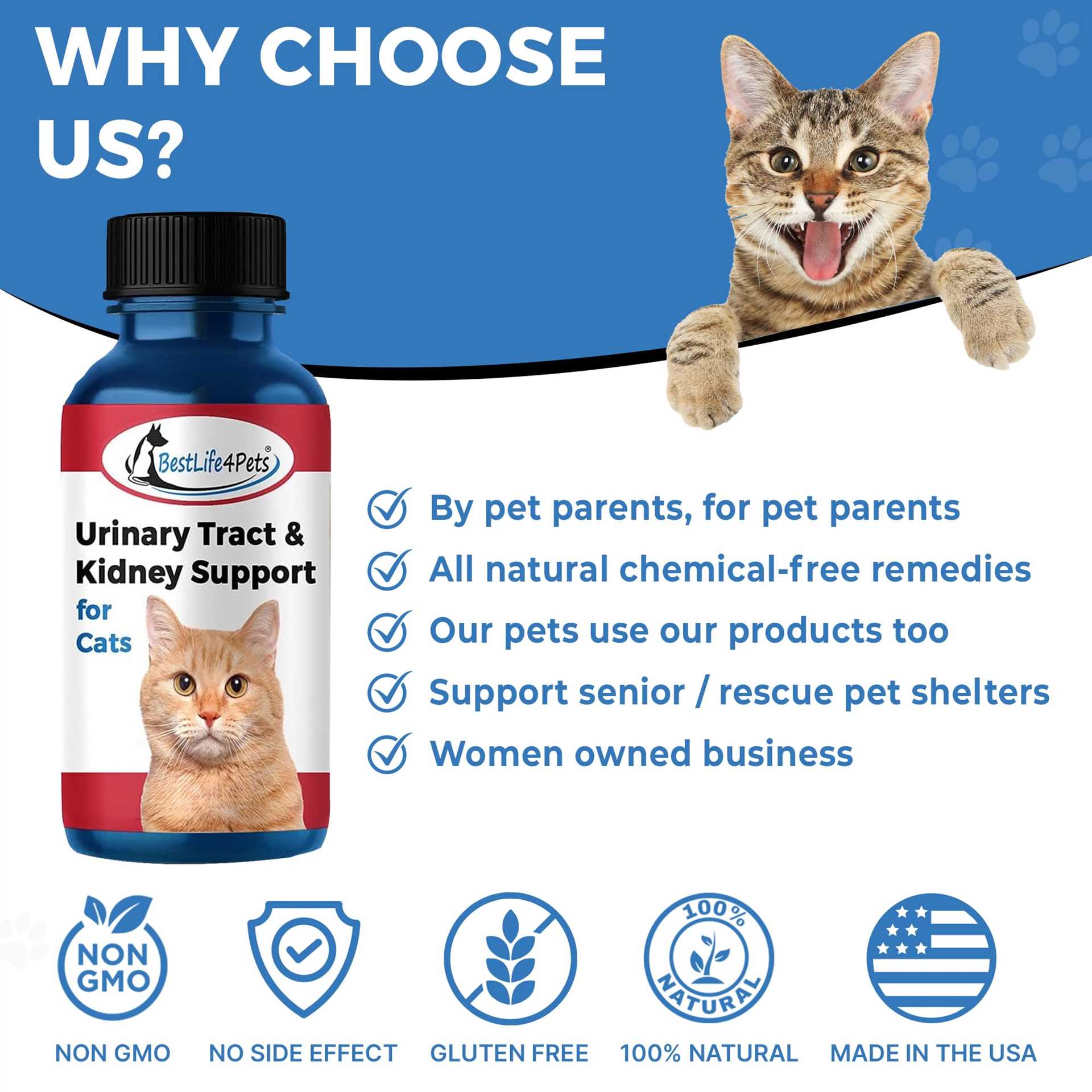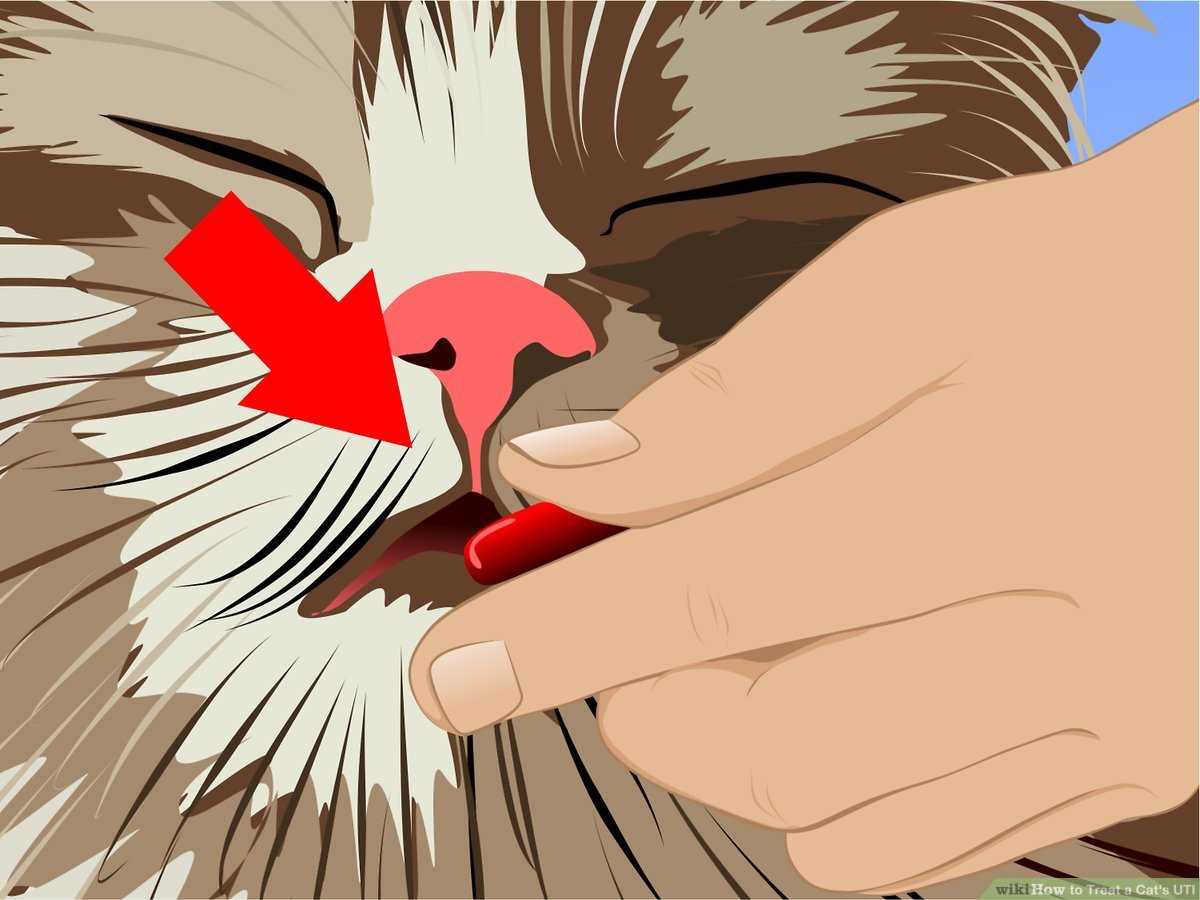Staying hydrated is key for easing discomfort. I enjoy fresh water, and keeping it available can encourage me to drink more. Consider adding a water fountain; the flowing water attracts my attention and makes me more likely to sip frequently.
Diet plays a significant role, too. Switching to high-quality, wet food can help maintain my urinary health. Look for options designed to promote a healthy urinary tract. These formulas often contain the right balance of nutrients and moisture content.
Regular visits to the veterinarian ensure any underlying issues are addressed. Professional examinations can lead to appropriate treatments and medications. Always follow your vet’s advice on any prescribed remedies or dietary changes.
Creating a stress-free environment is essential. I thrive in calm spaces, so reducing noise and providing cozy spots to relax can help. Engaging in gentle playtime can also keep my spirits up while I recover.
Keep an eye on my litter box habits. If I show signs of straining, frequent trips, or blood in my urine, it’s time to consult a vet. Quick action can make a significant difference in my comfort and health.
Treatment Recommendations for Feline Urinary Issues
Start by ensuring increased hydration. Wet food or added water to dry kibble can assist in flushing out the urinary system. Monitor water intake; consider a pet water fountain to encourage drinking.
Medications
- Consult a vet for appropriate antibiotics if a bacterial infection is suspected.
- Anti-inflammatory medications can reduce discomfort.
- Prescription diets might be recommended to dissolve crystals or stones.
Hygiene Practices
Maintain cleanliness in the litter box to prevent further irritation. For breeds like me, Sphynx, regular wipes can be beneficial. Consider using wipes for sphynx cats to keep the area clean and dry.
Observe for signs of distress or changes in urination habits, and follow up with your veterinarian as necessary. Regular check-ups can help prevent future issues.
Recognizing Symptoms of UTI in Cats
Frequent trips to the litter box are a clear sign something’s off. If I see my friends doing this, I know they might be struggling with their bladder. It’s not just about how often they go, but also how much they produce. Small amounts indicate a potential problem.
Behavioral Changes
Unusual behavior often signals distress. If a furry companion seems more withdrawn, vocalizes more than usual, or displays signs of discomfort while using their litter box, it’s time to pay attention. Increased aggression or irritability can also point to an underlying issue.
Physical Signs

Look out for any signs of blood in the urine or a strong, unpleasant odor. These indicators suggest irritation or infection. Additionally, excessive grooming around the genital area or signs of pain when touched can be concerning.
Consulting a Veterinarian for Diagnosis
It’s crucial to seek advice from a veterinary professional when symptoms arise. A proper examination is necessary to determine the underlying issues affecting my health. Vets utilize various diagnostic tools, including:
- Physical examination to assess overall condition.
- Urinalysis to detect abnormalities in urine composition.
- Imaging techniques, such as X-rays or ultrasounds, to visualize internal structures.
- Blood tests to evaluate organ function and detect infections.
During a visit, I recommend being prepared with specific information. Details about my behavior, dietary habits, and any changes in urination patterns can provide the vet with important clues. It’s beneficial to ask questions regarding:
- Possible causes of the current condition.
- Recommended tests and their purposes.
- Potential treatment options and their side effects.
After the examination, follow the veterinarian’s instructions carefully. Adhering to prescribed medications and dietary changes can significantly impact recovery. Regular follow-ups may also be necessary to monitor progress. Remember, early intervention can lead to better outcomes!
Understanding Treatment Options for UTI
Antibiotics are often the primary choice for addressing urinary tract infections. Your human should consult a veterinarian to determine the appropriate medication, duration, and dosage. It’s crucial to complete the entire course, even if symptoms vanish early.
Dietary Adjustments
Nutrition plays a significant role in recovery. Wet food can increase hydration and dilute urine, which may help flush out bacteria. Special veterinary diets designed for urinary health may also be beneficial, as they can alter urine pH and prevent future occurrences.
Home Remedies and Supportive Care
Some humans explore natural remedies. Cranberry supplements might be suggested for their potential to inhibit bacterial adhesion in the bladder. Maintaining a stress-free environment is also helpful; stress can exacerbate urinary issues. Encourage plenty of water intake to support kidney function and urinary health.
Administering Medication Correctly
To ensure proper healing, take the following steps for medication administration. First, read the label carefully for dosage information. Use a syringe or dropper for accurate measurement, avoiding kitchen spoons that may vary in size.
Preparation Steps
Before giving the meds, create a calm environment. I recommend wrapping the furry friend in a towel to prevent sudden movements. This technique reduces stress during the process.
Administration Techniques

For liquid medications, gently lift the head and place the syringe in the side of the mouth, aiming for the back. Administer slowly, giving them time to swallow. For tablets, hide them in a small amount of tuna or wet food. Make sure they consume the entire portion to receive the full dose.
| Medication Type | Administration Method | Tips |
|---|---|---|
| Liquid | Syringe | Administer slowly and allow swallowing time. |
| Tablet | Hidden in food | Check for complete consumption. |
| Topical | Apply as directed | Ensure area is clean before application. |
Remember to follow up with the veterinarian to monitor progress. If any adverse reactions occur or if administering becomes too difficult, consult a professional immediately. For additional household management tips, check out this link to the best energy efficient washing machines.
Adjusting Your Feline’s Diet for Recovery
Increasing water intake is crucial. Offer fresh water daily and consider a water fountain to encourage drinking. Wet food can be beneficial as it contains more moisture compared to dry kibble.
Incorporating Special Foods
Opt for high-quality, vet-recommended brands that promote urinary health. Ingredients like cranberries and specific minerals can aid in prevention. Avoid foods with excessive magnesium and phosphorus, as they may exacerbate issues.
Monitoring and Transitioning
Gradually introduce new foods over a week to prevent digestive upset. Keep an eye on any changes in behavior or litter box habits. Adjustments may be necessary if any adverse reactions occur.
Ensuring Proper Hydration During Treatment
Water intake is crucial for recovery. I recommend providing fresh, clean water at all times. Consider using a pet water fountain; the flowing water attracts me and encourages drinking. If your human prefers bowls, ensure they’re wide and shallow to prevent whisker fatigue.
Incorporating Wet Food
Adding wet food to my diet helps increase moisture consumption. Look for high-quality options with real meat as the primary ingredient. This not only boosts hydration but also provides essential nutrients. Mixing a little water into dry kibble can also enhance fluid intake.
Monitoring Intake
It’s important for my human to track how much I drink and eat. If there’s a noticeable decrease in my water consumption, they should consult a vet. Regularly checking the litter box can provide insights into my hydration status. Darker urine can indicate dehydration, so prompt action is necessary.
Monitoring Recovery and Follow-Up Care
After receiving treatment, it’s crucial to keep a close eye on my progress. Regular monitoring helps catch any potential issues early. I recommend checking for any unusual behaviors, such as frequent trips to the litter box or straining while urinating. These signs might indicate that I’m still uncomfortable.
Regular Vet Check-Ups
Scheduling follow-up appointments with my veterinarian is important. They can perform tests to ensure everything is healing properly. Blood tests and urine analysis might be necessary to confirm that there are no lingering infections or complications. Keeping a record of my symptoms and any changes can provide valuable information during these visits.
Tracking Hydration and Diet
Maintaining proper hydration is key for my recovery. I keep track of my water intake and make sure I’m drinking enough throughout the day. Monitoring my diet is equally important; I stick to the recommended food, which supports urinary health. Any changes in my appetite or weight should be noted, as they can indicate further issues.
Staying observant and proactive during recovery ensures that I remain healthy and happy. Regular assessments and adjustments to my care routine are vital in preventing future discomfort.






